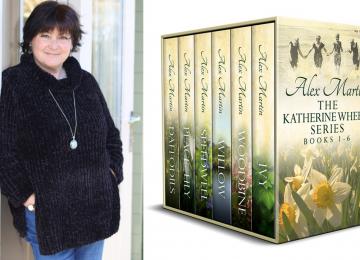The Theory of the Theatre
The Theory of the Theatre
And Other Principles of Dramatic Criticism
Book Excerpt
portant; and from a full scenario alone,
before a line of dialogue is written, it is possible in most cases to
determine whether a prospective play is inherently good or bad. Most
contemporary dramatists, therefore, postpone the actual writing of their
dialogue until they have worked out their scenario in minute detail. They
begin by separating and grouping their narrative materials into not more
than three or four distinct pigeon-holes of time and place,--thereby
dividing their story roughly into acts. They then plan a stage-setting for
each act, employing whatever accessories may be necessary for the action.
If papers are to be burned, they introduce a fireplace; if somebody is to
throw a pistol through a window, they set the window in a convenient and
emphatic place; they determine how many chairs and tables and settees are
demanded for the narrative; if a piano or a bed is needed, they place it
here or there upon the floor-plan of their stage, according to the
prominence they wish to give it; and when all
Editor's choice
(view all)Popular books in Drama, Criticism, Essays, Fiction and Literature
Readers reviews
0.0
LoginSign up
Be the first to review this book
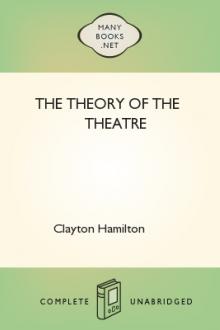
 Free Download
Free Download














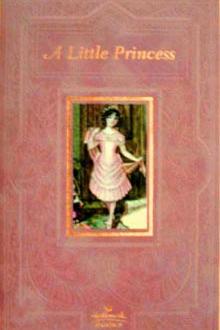




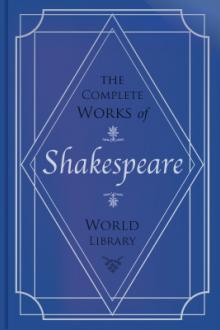
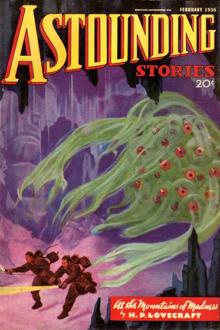
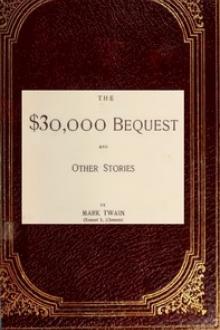
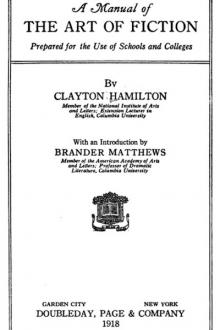
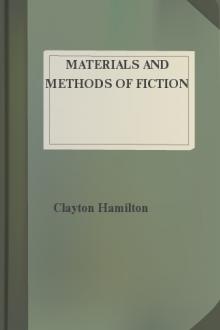
-itok=vcKIB5v1.jpg)
